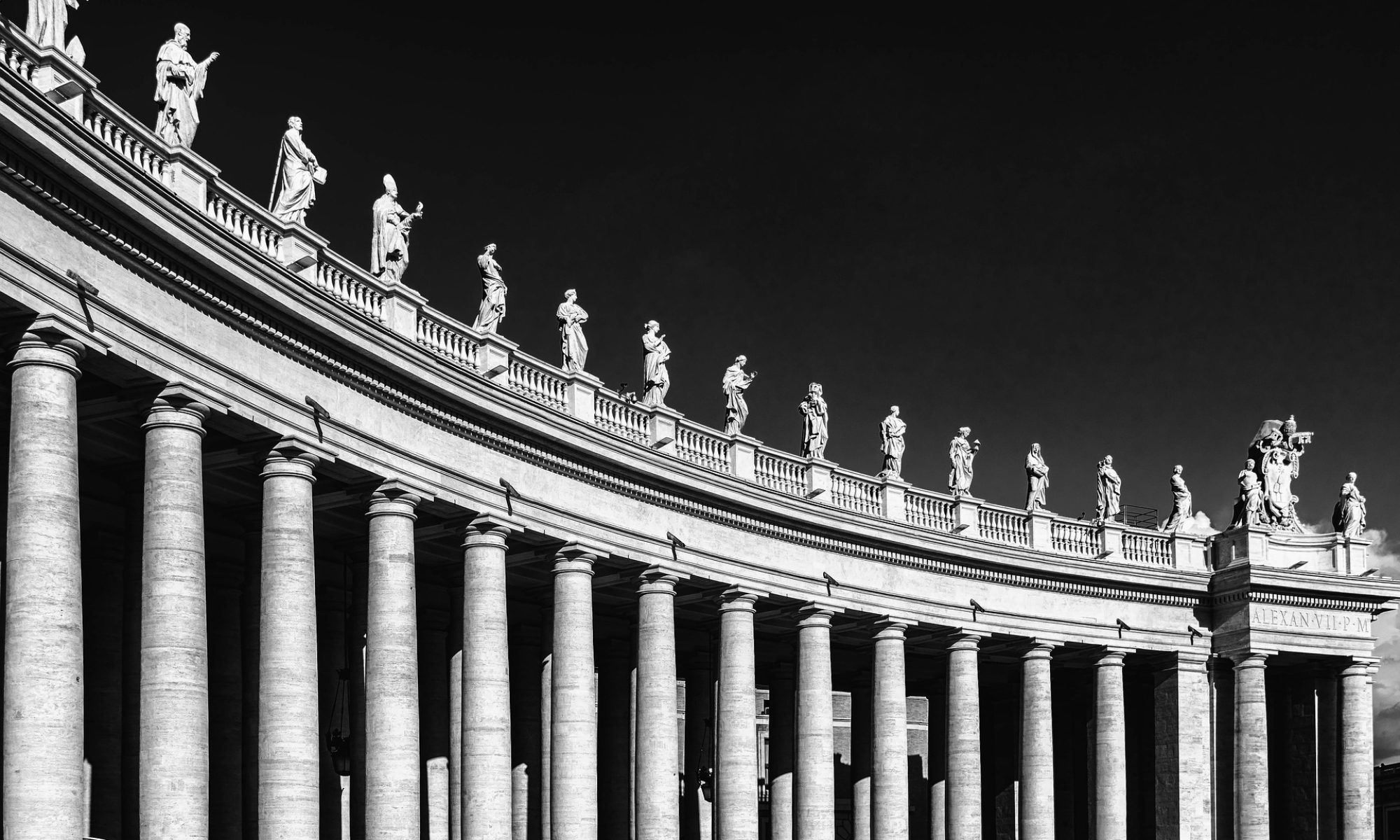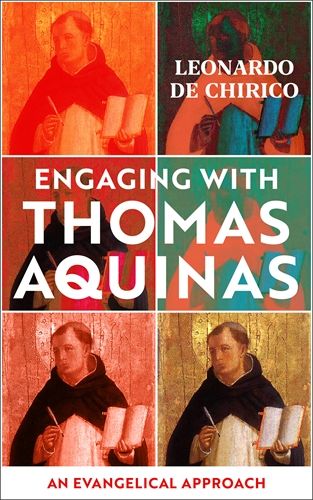Many Roman Catholics raised their eyebrows when they read: “The pluralism and the diversity of religions, colour, sex, race and language are willed by God in His wisdom, through which He created human beings.” The one who was saying this was Pope Francis in the 2019 Abu Dhabi Statement on “Human Fraternity for World Peace and Living Together”, co-signed with Ahmad Al-Tayyeb, the Grand Imam of Al-Azhar.
That God willed (and therefore created) the diversity of colour, sex, and race is unquestionable: these are all good traits of God’s creation. One could argue that as far as language is concerned, the account of the tower of Babel (Genesis 9) should be taken into account to realize that the multiplicity of languages is also the result of sin. But what about the diversity of religions? Is it really the will of God that men and women should worship gods and goddesses other than the One and True God, i.e. the Triune God of the Bible? The straightforward biblical answer is No. Period. However, Pope Francis said Yes.
How is it possible? Does the Roman Catholic Church now accept that all religions lead to God? Where does this new view of religions come from? These are all legitimate questions. According to Alberto Caccaro, L’uomo fa la differenza in Dio. La questione cristologica in Jacques Dupuis (Brescia: Queriniana, 2024), in order to to grasp the present-day theological debate on religions within Roman Catholicism, one needs to be aware of the work of the Jesuit theologian Jacques Dupuis (1923-2004). This Belgian theologian, who spent part of his life as a missionary in India, is an important voice that forms the Pope’s theological framework. Pope Francis, himself a Jesuit, does not quote him either in the Abu Dhabi Statement or in the encyclical “All Brothers” on fraternity among all peoples, but Dupuis’s thoughts are part of the backbone of his positive and “fraternal” approach to religions.

Questioning the existing models for thinking about the role of religions (i.e. exclusivism = Christ excludes other religions; inclusivism = Christ includes all religions; pluralism = Christ is one among many religions), Dupuis explored new “frontiers” in light of what he believed to be the “surplus” of the mystery of Christ over the linguistic and institutional forms of Christianity. His theology of religious pluralism was a response to what he considered an oversimplification of traditional accounts and an invitation to rework Christology by recognising the “space” of religions as a constitutive part of Christ and the gospel. In Dupuis’ view, religions are convergent and complementary mediations of salvation, and therefore the task of theology is to elaborate a Christology of religions that corresponds to their role.
This study by Caccaro, a Roman Catholic theologian and missionary working in Cambodia, takes up the themes of Dupuis’s reflection precisely from the Christological question and considers Dupuis’s three books on the subject: Jesus Christ at the Encounter of World Religions (English edition: 1991), Towards a Christian Theology of Religious Pluralism (English Edition: 2002) and Christianity and the Religions. From Confrontation to Dialogue (English Edition: 2002).
These works caused debate not only in the theological academies but also in the Vatican Congregation for the Doctrine of Faith (at the time presided over by Cardinal Joseph Ratzinger), so much so that the Congregation sent him a “Notification”, a yellow card for having entered minefield territory, for “serious doctrinal errors” and “ambiguities” in his thinking. Although it generated some heat, this “Notification” had no disciplinary outcome. After Dupuis’s death, the trial was dropped.
In Dupuis’s thought, the distinction between Logos énsarkos (incarnate Word) and Logos ásarkos (non-incarnate Word) is central. While the former coincides with the person of Jesus Christ and the biblical account of him and his work, the latter is by its very nature open, spacious and irreducible to any closed codification. On the side of the Holy Spirit, while the Spirit of Christ is associated with the historical person of the God-man Jesus (i.e. the hypostatic union), the Spirit of God “blows where He wills,” and possibly in all religions.

As a Roman Catholic theologian, Dupuis glimpses the problems raised by these insights, and in his theology, one can see the struggle to keep Christology anchored to the incarnate Person of Jesus Christ while opening the non-incarnate Logos to accomodating and welcoming the different religions. The underlying question is: can one find salvation beyond the historical and embodied revelation of Jesus Christ? If yes, as argued by Dupuis, there is room for “differentiated and complementary revelation” and salvation offered by other religions. Since Dupuis wants to affirm both that Jesus Christ is the final revelation in his embodied Person and the possibility for other religions to be revelatory and salvific in his non-incarnate reality. Roman Catholic theology, a master in holding tensions together (et-et), must open its synthesis to the maximum exercise of its catholicity, i.e. its ability to embrace two opposites at the same time.
Dupuis speaks of “polarities at play.” In the unresolved polarity between the incarnate Word (biblically attested) and the non-incarnate Word (spacious enough as to include other religions), there would be room for the salvific role of religions. Compared to traditional models (i.e. exclusivism, inclusivism, and pluralism), Caccaro claims that Dupuis’s thought can be understood as “inclusive pluralism” or “pluralistic inclusivism” (91).
Even on a first reading, the problems with this position are evident. If the non-incarnate Word is pitted against the incarnate revelation of God in Jesus Christ, doesn’t one devalue the necessary scandal of the incarnation and the cross? If the Spirit and the Father operate outside of and without Jesus Christ, isn’t the unity and harmony of the Trinity endangered? If salvation can be found outside of the incarnate Word, doesn’t conversion to Christ become redundant?
Caccamo is helpful at exploring the “acrobatics” of Dupuis’s theology of religions especially as far as his concepts of “surplus” and “superabundance” of the mystery of the Word which cannot be contained in closed and pre-defined schemes of thought.
What is perhaps most interesting is to see how his work influenced Pope Francis’s claim that the diversity of religions is the will of God. Dupuis is only the latest development of a long-term process within Roman Catholicism that the Pope echoed. In fact, the theology of religions was given a shock at Vatican II (1962-1965) when it was argued that the plan of salvation includes people who don’t profess faith in Jesus Christ and that those who don’t know the gospel can attain salvation (Lumen Gentium, n. 16). Then, Redemptoris Missio, the 1990 encyclical by John Paul II, stated that “participated forms of mediation of different kinds and degrees are not excluded” (n. 5).
A lot of water has passed under the bridges of Roman Catholic theology: from the “anonymous Christianity” of Karl Rahner to the “All brothers” of Pope Francis. Of course, there have been pushbacks here and there (e.g. the 2000 critical declaration Dominus Iesus signed by Cardinal Joseph Ratzinger), but the direction seems to be clear. The theology of religions is fertile ground in post-Vatican II Roman Catholicism. It is therefore not by chance that Pope Francis could write that “the pluralism and the diversity of religions, colour, sex, race and language are willed by God in His wisdom, through which He created human beings.” In this sense, the spirit if not the letter of Dupuis’s work was at play in the Pope’s mind.
One glimpses a pattern: Dupuis broke new ground in his work, the immediate Vatican reaction was fairly negative, then his main concerns were accepted and integrated, and now they are part of the mainstream teaching of the Roman Church, at least implicitly. Here is how the Roman catholicity works: on the one hand, the traditional exclusivist and inclusivist positions are formally maintained, but on the other hand, they have developed in the “inclusive pluralism” or “pluralistic inclusivism” that Dupuis gave theological weight to in his work. There is no commitment to the ultimate authority of the Bible, and therefore the Roman Catholic system can flex one way or the other away from gospel boundaries.



